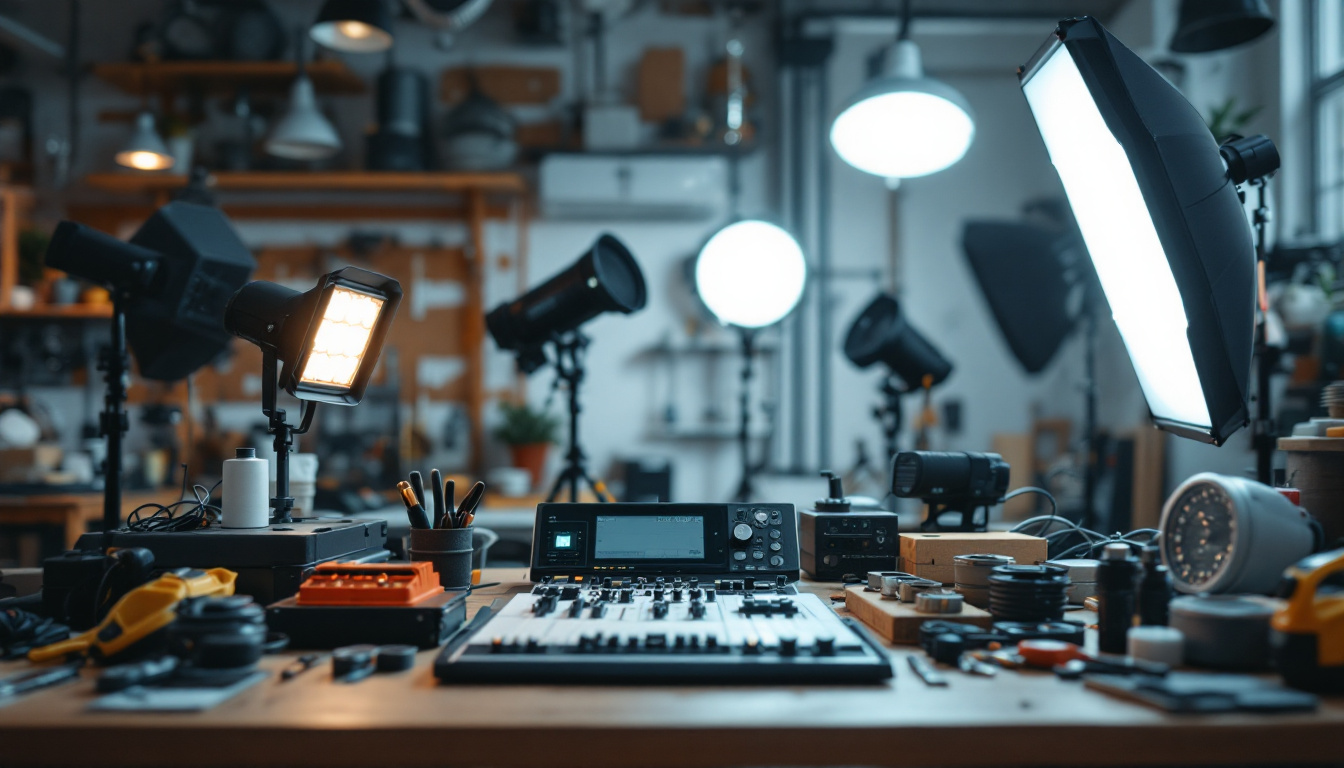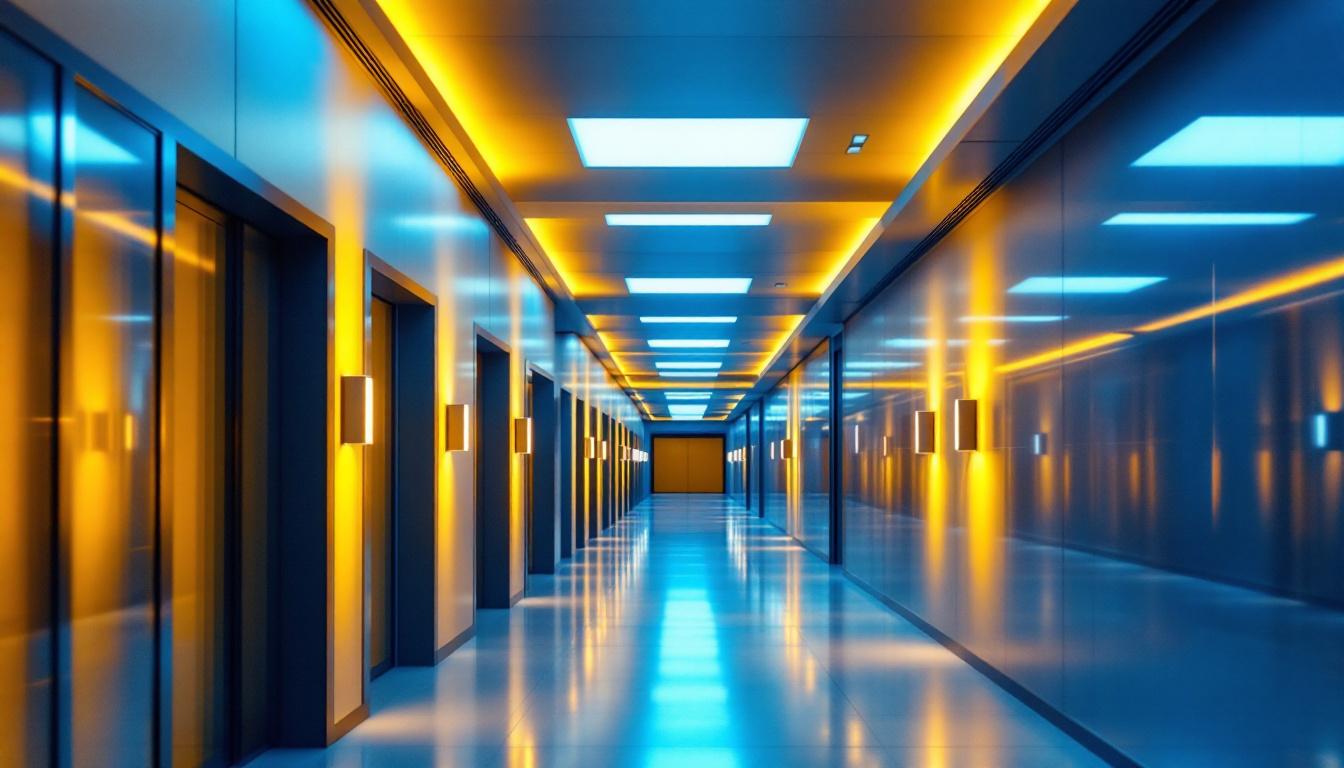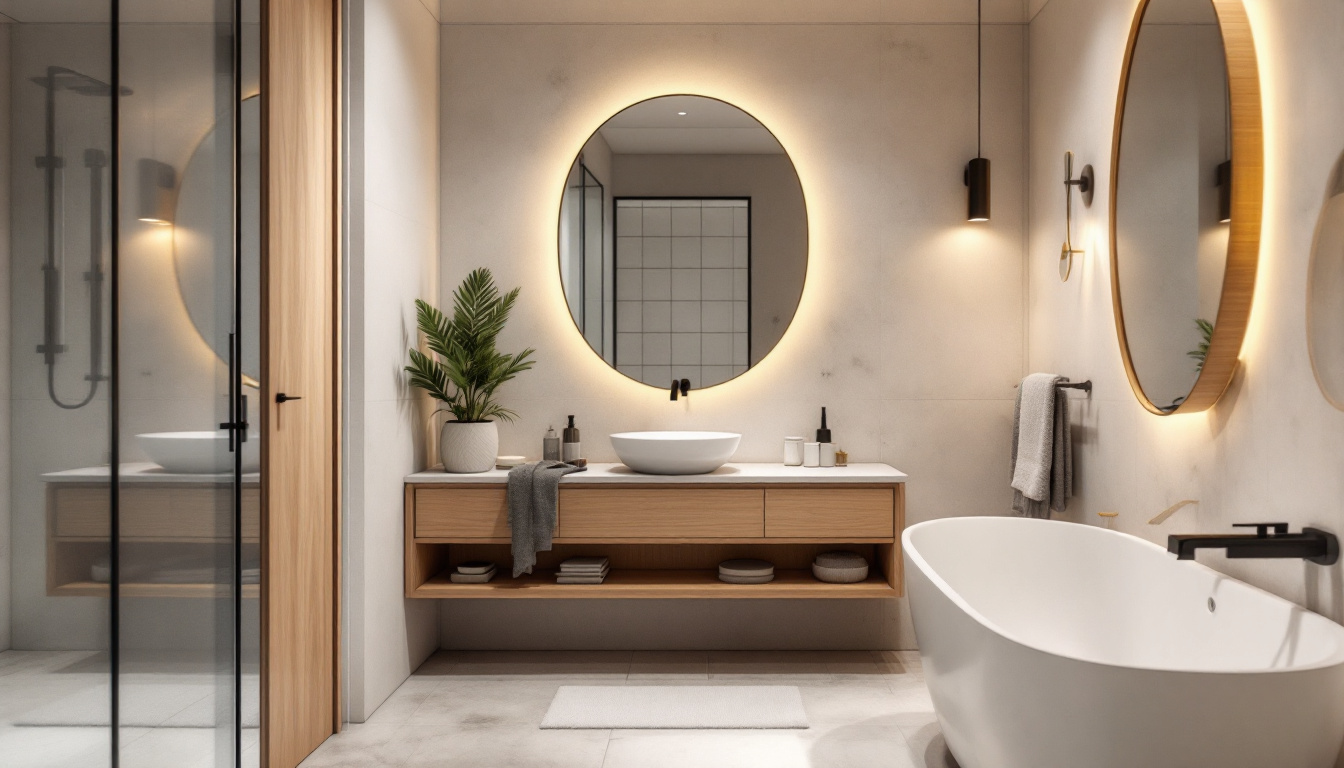
In the world of lighting design and installation, efficiency is paramount. Lighting contractors are continually seeking ways to optimize their projects, ensuring that installations are not only effective but also cost-efficient. One often-overlooked component that plays a crucial role in enhancing lighting project efficiency is the ballast. This article delves into the significance of ballasts in lighting systems, exploring how they can elevate project efficiency and performance.
Ballasts are essential devices used in various lighting systems, particularly in fluorescent and HID (High-Intensity Discharge) lighting. They serve multiple purposes, including regulating the current to the lamp, providing the necessary voltage to start the lamp, and ensuring stable operation once the lamp is lit. Understanding the function and types of ballasts is crucial for contractors aiming to maximize lighting project efficiency.
There are several types of ballasts available, each designed for specific applications and lighting technologies. The most common types include magnetic ballasts, electronic ballasts, and smart ballasts. Each type has its unique advantages and disadvantages, which can significantly impact the overall efficiency of a lighting project.
Magnetic ballasts are the traditional choice, known for their durability and reliability. However, they tend to be less energy-efficient and can produce flickering light. Electronic ballasts, on the other hand, offer improved energy efficiency, reduced flicker, and better light quality. Smart ballasts take it a step further by integrating advanced technologies, allowing for features such as dimming and remote control, which can further enhance energy savings and operational efficiency.
The primary role of a ballast is to control the electrical current flowing to the light source. This regulation is crucial for maintaining optimal performance and longevity of the lamps. An efficient ballast ensures that the lamp operates at the correct voltage and current, reducing the risk of premature failure and minimizing energy waste.
Moreover, ballasts can influence the overall lighting quality. A well-matched ballast can enhance color rendering and reduce flicker, leading to a more pleasant and productive environment. For contractors, understanding the interplay between ballasts and lighting quality is essential for delivering high-performance installations.
In addition to their functional roles, ballasts also play a significant part in energy management strategies. With the increasing emphasis on sustainability and energy efficiency, many modern lighting systems are designed to work seamlessly with smart ballasts that can communicate with building management systems. This integration allows for real-time monitoring of energy consumption and can lead to substantial cost savings over time. Furthermore, smart ballasts can adjust their output based on ambient light levels, ensuring that spaces are lit appropriately while conserving energy when natural light is available.
Another important aspect of ballasts is their compatibility with various lamp types. For instance, certain electronic ballasts are specifically designed to work with LED retrofits, which are becoming increasingly popular due to their long lifespan and energy efficiency. Understanding the compatibility of ballasts with different lighting technologies not only helps in selecting the right components for a project but also ensures that the lighting system operates at peak efficiency, ultimately leading to enhanced user satisfaction and lower operational costs.
“`html
Incorporating the right ballast into a lighting project can significantly boost efficiency in various ways. From energy savings to improved maintenance schedules, the benefits are multifaceted. Here are key aspects to consider when selecting and utilizing ballasts in lighting projects.
One of the most compelling reasons to focus on ballasts is their impact on energy consumption. Electronic ballasts, for instance, can reduce energy use by up to 30% compared to traditional magnetic ballasts. This reduction not only lowers operational costs but also contributes to sustainability goals, making projects more appealing to environmentally conscious clients.
Furthermore, smart ballasts facilitate advanced energy management practices, such as dimming and occupancy sensing. By adjusting light levels based on actual needs, contractors can help clients achieve significant energy savings while maintaining optimal lighting conditions. These features are particularly beneficial in spaces that experience variable occupancy, such as conference rooms or retail environments, where lighting needs fluctuate throughout the day.
Investing in high-quality ballasts may seem like an additional expense upfront, but the long-term cost savings can be substantial. With reduced energy consumption and extended lamp life, projects can see a favorable return on investment. For contractors, presenting these benefits to clients can enhance project proposals and foster trust in their expertise.
Additionally, the reduced maintenance frequency due to longer-lasting ballasts and lamps can lead to lower operational costs over time. Clients will appreciate the minimized disruption and expense associated with frequent bulb replacements, making the project more attractive from a financial perspective. Moreover, many utility companies offer rebates or incentives for projects that incorporate energy-efficient technologies, further improving the overall financial outlook.
Quality of light is a critical factor in any lighting project. The right ballast can significantly enhance the quality of light produced by the lamps. Electronic and smart ballasts provide more stable operation, resulting in better color rendering and reduced flicker. This is particularly important in settings such as offices, retail spaces, and healthcare facilities, where lighting quality directly impacts productivity and well-being.
Contractors should prioritize ballasts that promote high-quality lighting, as this can differentiate their services in a competitive market. By ensuring that clients receive optimal lighting conditions, contractors can build a reputation for excellence and reliability. Additionally, the ability to customize lighting solutions with advanced ballasts can cater to specific client needs, such as creating a warm and inviting atmosphere in hospitality settings or ensuring precise task lighting in industrial environments.
Moreover, the integration of smart technology into ballasts allows for seamless connectivity with building management systems. This connectivity not only enhances user control over lighting but also enables data collection on energy usage patterns. Such insights can inform future upgrades and adjustments, ensuring that lighting systems remain efficient and effective over time. As the demand for smart buildings continues to rise, the role of advanced ballasts becomes increasingly vital in meeting modern lighting requirements.
“`
When selecting ballasts for a lighting project, several factors should be taken into account. Understanding the specific needs of the project and the characteristics of the lighting system is essential for making informed decisions. Here are some key considerations to guide the selection process.
Different lighting technologies require specific types of ballasts. For instance, fluorescent lamps need ballasts that can handle their unique electrical characteristics, while LED systems may utilize drivers instead of traditional ballasts. Ensuring compatibility between the ballast and the lighting technology is crucial for optimal performance.
Contractors should also consider the wattage of the lamps being used, as selecting a ballast with the correct wattage rating is essential for efficient operation. Mismatched wattages can lead to reduced performance and increased energy consumption.
The environment in which the lighting system will be installed can influence the choice of ballast. Factors such as temperature, humidity, and exposure to contaminants can affect ballast performance and longevity. For example, some ballasts are designed for outdoor use and are built to withstand harsher conditions, while others are suited for indoor applications.
Contractors should assess the installation environment and select ballasts that are rated for those specific conditions. This attention to detail can enhance the reliability and efficiency of the lighting system over time.
As lighting technology continues to evolve, it is essential to consider future-proofing when selecting ballasts. Smart ballasts that integrate with building management systems or IoT devices can provide added flexibility and efficiency. These advanced systems allow for real-time monitoring and adjustments, ensuring that lighting remains efficient as needs change.
Investing in technology that can adapt to future advancements not only enhances current project efficiency but also positions contractors as forward-thinking professionals in the industry. This can be a significant selling point when bidding on projects.
Real-world examples often illustrate the benefits of effective ballast selection and implementation. Here are a few case studies that highlight how the right ballasts can transform lighting projects.
In a recent renovation of a commercial office space, a contractor opted for electronic ballasts to replace outdated magnetic ones. The result was a remarkable reduction in energy consumption, leading to a 25% decrease in monthly utility bills. Additionally, the improved lighting quality enhanced employee productivity and satisfaction, showcasing the impact of thoughtful ballast selection.
The client was particularly pleased with the reduced flicker and better color rendering, which contributed to a more inviting work environment. This project not only demonstrated the benefits of modern ballasts but also reinforced the contractor’s reputation for delivering high-quality solutions.
A lighting contractor was tasked with upgrading the lighting system in a retail store to enhance product visibility and customer experience. By integrating smart ballasts with occupancy sensors, the contractor was able to create a dynamic lighting environment that adjusted based on customer traffic.
This innovative approach resulted in significant energy savings, as lights were only activated when needed. The store owner reported increased sales and customer satisfaction, attributing much of this success to the improved lighting conditions. This case exemplifies how smart technology can elevate project efficiency and client satisfaction.
Ballasts are a vital component in the realm of lighting design and installation. By understanding their functions and benefits, lighting contractors can significantly enhance project efficiency. From energy savings and cost reductions to improved lighting quality, the advantages of selecting the right ballast are clear.
As the industry continues to evolve, staying informed about the latest ballast technologies and trends will empower contractors to deliver exceptional results. By prioritizing efficiency and quality in lighting projects, contractors can not only meet client expectations but also position themselves as leaders in the competitive lighting market.
Incorporating the right ballasts into lighting projects is not just a technical decision; it is a strategic move that can lead to lasting benefits for both contractors and their clients. Embracing this knowledge will pave the way for more efficient, sustainable, and successful lighting installations.
“`html
Ready to elevate your lighting projects to new heights of efficiency and quality? Look no further than LumenWholesale for all your ballast needs. Our extensive selection of spec-grade lighting products is designed to meet the highest industry standards, ensuring you get the most reliable and high-performing lighting at unbeatable wholesale prices. Say goodbye to inflated markups and hello to hassle-free bulk buying with free shipping. Don’t compromise on quality or value—choose LumenWholesale for premium lighting solutions that blend affordability with excellence. Start transforming your lighting projects today by visiting Wholesale Lighting at the Best Value.
“`

Discover the essential role outdoor electric lanterns play in modern lighting projects.

Discover how LED ceiling lights for hallways can boost lighting project efficiency by up to 30%.

Discover the common oversights lighting contractors make with bathroom can lights and learn how to ensure your space is both functional and stylish.

Discover the essential types of electrical outlets every lighting contractor should know.